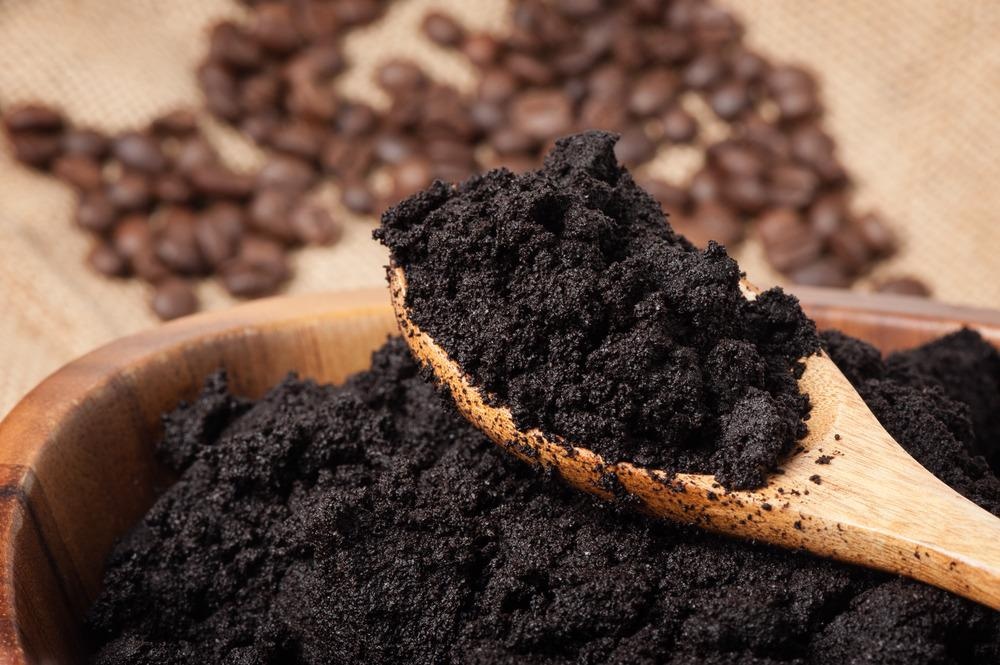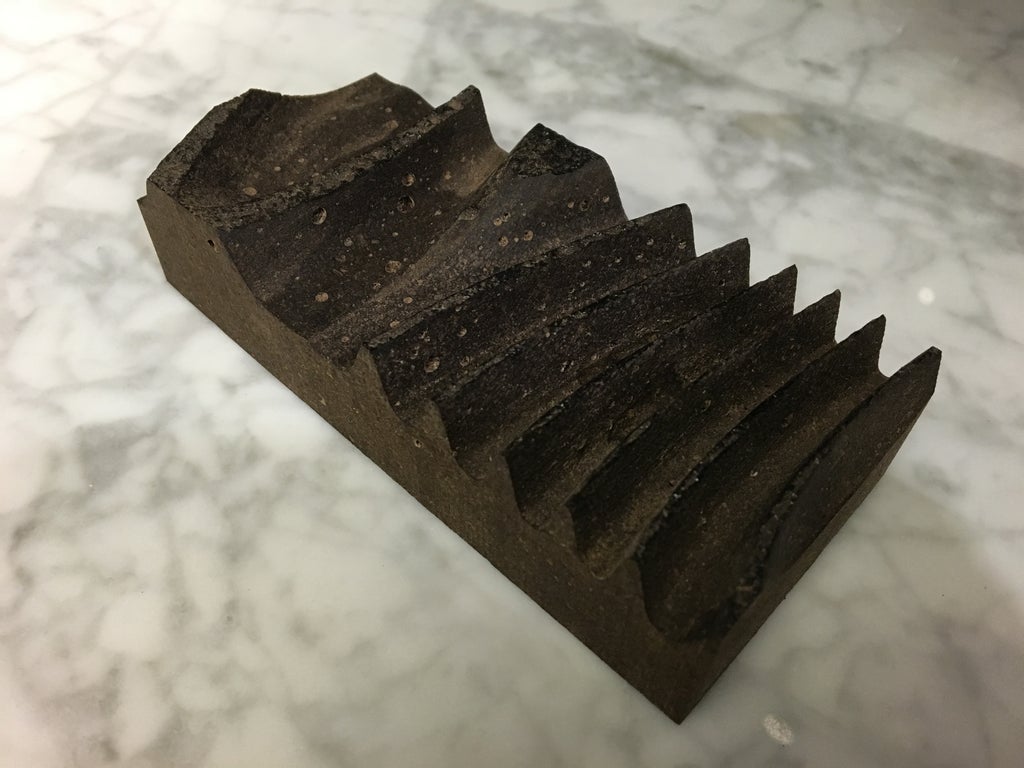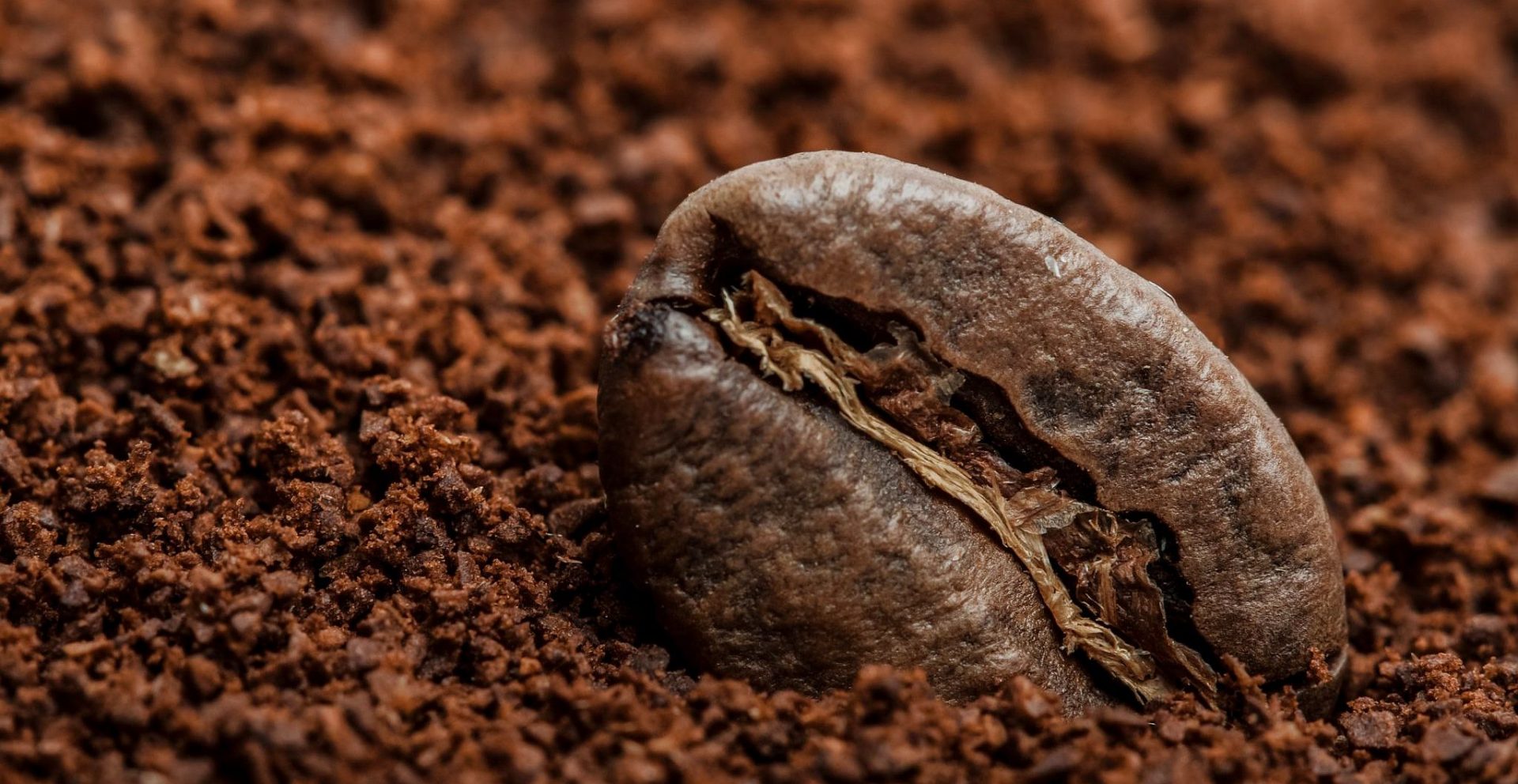Researchers have discovered some pretty unorthodox uses for used coffee grounds that could be a game changer in some very different ways.
Untold millions of people around the world start their day with a cup (or three) of coffee, and plenty more continue drinking it on into the afternoon or evening. Coffee is one of humanity’s most enduring, popular beverages. But we’ve long grappled with one question: What do we do with all those leftover used coffee grounds?
You can find dozens, if not hundreds, of websites with all sorts of clever uses for spent coffee grounds, from making facial scrubs to using as part of a dry rub for your next steak. Sprinkle it on plants? Maybe. Make scrubbing pastes with it? Definitely. Use it to absorb odors? Okay.

But these are all minor dents in the literal billions of tons of used coffee grounds that people generate every year.
Now, some groundbreaking new research is generating some real excitement about a much larger-scale use for this organic waste.
According to research published in the Journal of Cleaner Production and reported on by Science Alert, the construction industry may well be the place to put used coffee grounds to good use – and the environment would reap the benefits in two distinct ways.
SOME COFFEE WITH YOUR BUILDING, SIR?
Researchers in Australia have found a way to potentially make concrete an impressive 30 percent stronger by incorporating charred coffee grounds into the mix, addressing multiple environmental challenges in the process.
Every year, a staggering 10 billion kilograms of coffee waste are generated worldwide, with most of that ending up in landfills. This disposal of organic waste contributes significantly to greenhouse gas emissions, including methane and carbon dioxide, which fuel climate change, explains RMIT University engineer Rajeev Roychand.
Simultaneously, the booming global construction industry places enormous demand on resource-intensive concrete, exacerbating environmental issues. RMIT engineer Jie Li notes, “The ongoing extraction of natural sand around the world – typically taken from river beds and banks – to meet the rapidly growing demands of the construction industry has a big impact on the environment. There are critical and long-lasting challenges in maintaining a sustainable supply of sand due to the finite nature of resources and the environmental impacts of sand mining. With a circular-economy approach, we could keep organic waste out of landfills and also better preserve our natural resources like sand.”

While organic waste like coffee grounds can’t be directly added to concrete due to their inherent chemical properties weakening the material, the team adopted a low-energy process called pyrolysis. They heated coffee waste to over 350°C (around 660°F) in an oxygen-deprived environment, breaking down the organic molecules to produce porous, carbon-rich charcoal known as biochar. Biochar can subsequently bond with and integrate itself into the cement matrix, adding strength.
The researchers experimented with pyrolyzing coffee grounds at 500°C, but found that the resulting biochar particles were not as strong. The lower temperature seems to be the sweet spot.
EARLY STAGES, BUT HOPES ARE HIGH
Although they still need to assess the long-term durability of their cement product, the team is actively conducting tests involving freeze/thaw cycles, water absorption, abrasion, and various stressors on the hybrid coffee-cement. They’re also exploring the creation of biochar from other organic waste sources, including wood, food waste, and agricultural waste.
RMIT engineer Shannon Kilmartin-Lynch emphasizes, “Our research is in the early stages, but these exciting findings offer an innovative way to greatly reduce the amount of organic waste that goes to landfill. Inspiration for my research, from an Indigenous perspective, involves Caring for Country, ensuring there’s a sustainable life cycle for all materials and avoiding things going into landfill to minimize the impact on the environment.”

Earlier studies by different research teams had also found used coffee grounds could be manipulated for use in non-load-bearing structures and walls.
In that study, researchers explored the potential of a bio-based composite made from potato starch and spent coffee grounds for use in non-load-bearing construction. They investigated its mechanical, thermal insulation, and sound absorption properties, aiming to provide an environmentally friendly alternative for building materials.
The study found that when 60% of the weight of coffee grounds was added to starch, the material exhibited promising thermal insulation characteristics, with a low thermal conductivity of 0.093 W/(mK), indicating that the material would be quite desirable for materials used in buildings, as it would help keep the indoor temperature stable by resisting the flow of heat from warmer areas to cooler ones.
Acoustic testing also revealed that the composite had good sound absorption qualities, making it suitable for the construction industry. Notably, the starch-coffee grounds composite outperformed traditional rock wool in terms of weighted absorption coefficient.
Furthermore, the researchers emphasized the potential of this bio-composite as a sustainable replacement for mineral or petroleum-based building materials, aligning with environmental conservation efforts. However, further research is needed to assess its performance in different climates, such as the humid continental climate of northern France and the tropical climate of Brazil, under varying humidity conditions.

This study paves the way for the development of eco-friendly building materials using recycled coffee grounds and starch-based binders, and now new studies showing a 30% stronger hybrid coffee grounds-concrete product, you may one day live or work in a building made –at least partially – from old coffee grounds!
So we’ve got interior walls that handle thermal transfer and sound insulation better, and stronger load-bearing concrete for our buildings, bridges, and more, along with an environmentally friendly sustainable way to get rid of used coffee grounds? That’s a win-win scenario that will have us reaching for a second cup!
"ExpatGo welcomes and encourages comments, input, and divergent opinions. However, we kindly request that you use suitable language in your comments, and refrain from any sort of personal attack, hate speech, or disparaging rhetoric. Comments not in line with this are subject to removal from the site. "

















